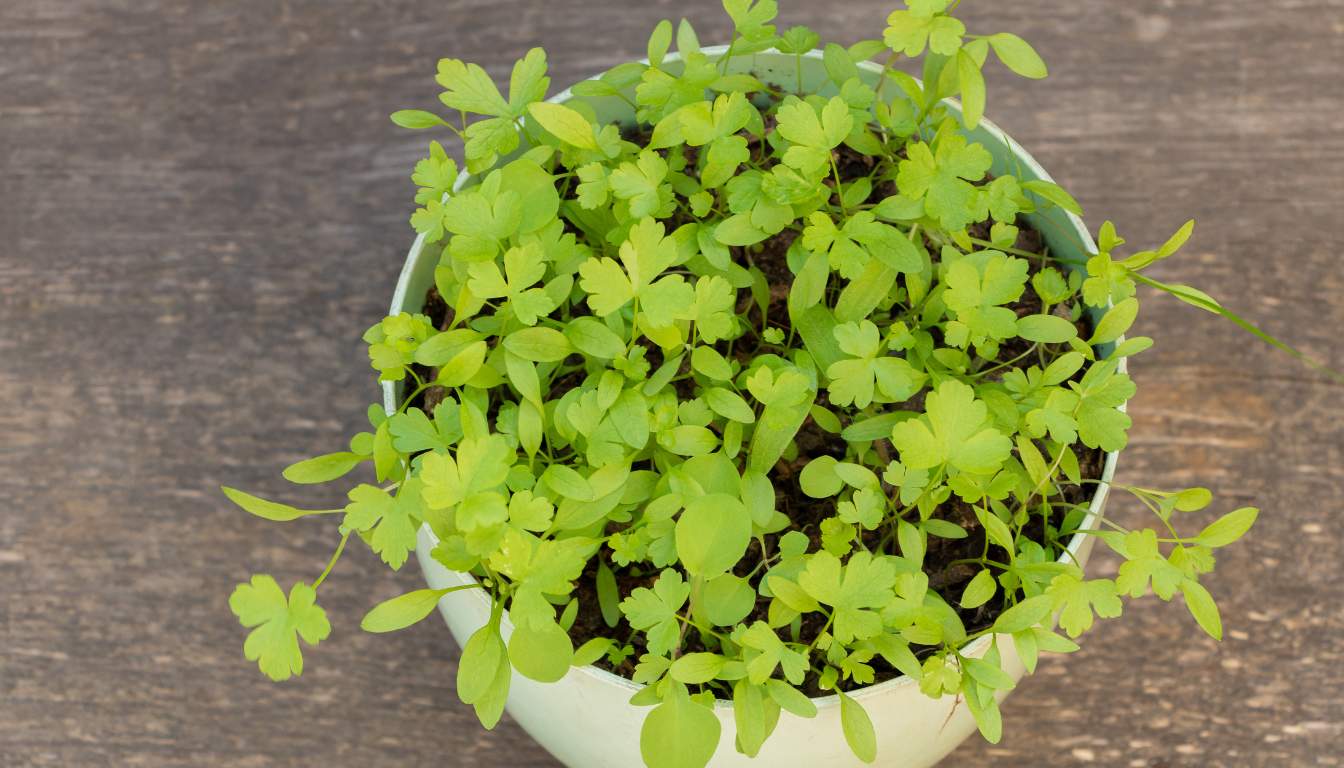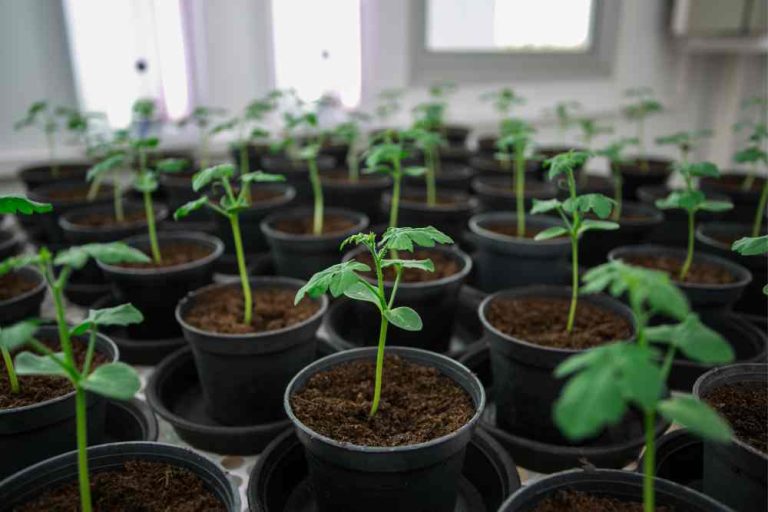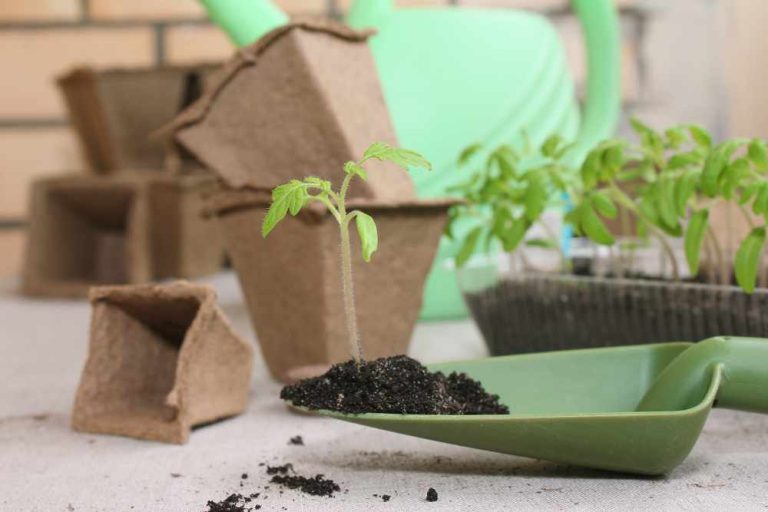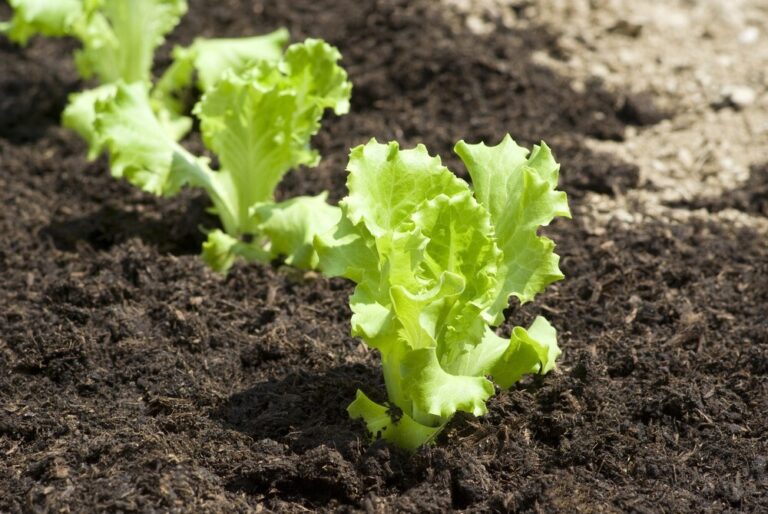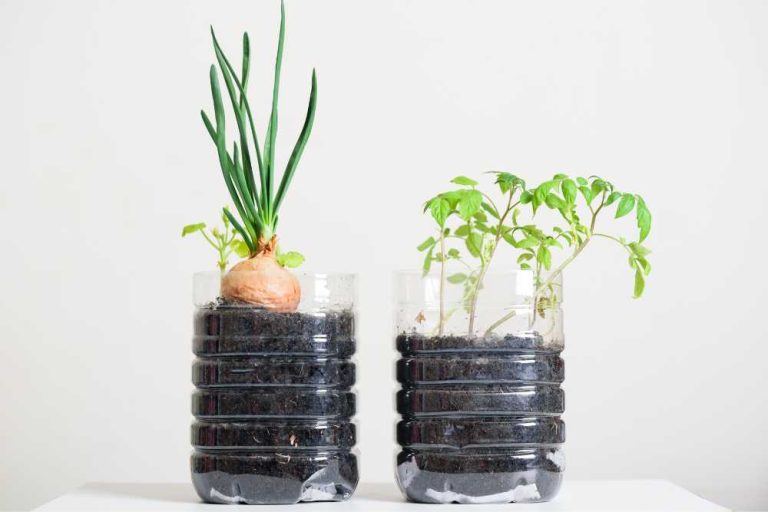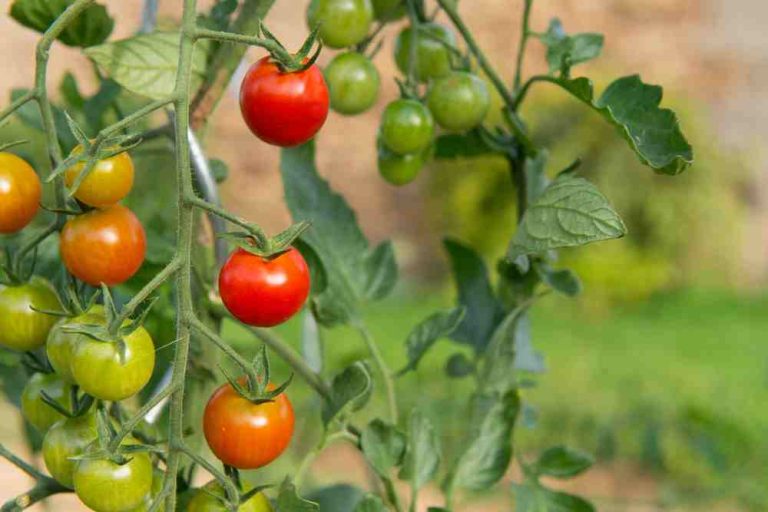How To Grow Kohlrabi In Containers: 12 Step Ultimate Guide
Kohlrabi, scientifically known as Brassica oleracea var. gongylodes, is a unique vegetable belonging to the Brassicaceae family, sharing ancestry with cabbage, broccoli, and kale. Its name, derived from German (“kohl” for cabbage and “rübe” for turnip), aptly describes its appearance—a bulbous stem that grows above ground.
This versatile and mildly flavored vegetable is available in green or purple varieties. Kohlrabi can be enjoyed raw or cooked, offering a crunchy texture similar to a mix between a turnip and a radish. Rich in nutrients like vitamin C, fiber, and antioxidants, kohlrabi adds a distinctive flavor and nutritional value to various culinary dishes.
Kohlrabi is relatively easy to grow, making it suitable for beginner gardeners. It thrives in cool weather, requires minimal maintenance, and matures quickly—usually within 6-8 weeks. With proper soil, sunlight, and regular watering, cultivating kohlrabi can be a straightforward and rewarding experience.
Planting Time of Kohlrbi
Kohlrabi thrives in cooler temperatures, making early spring or late summer/early fall ideal for planting. Sow seeds or transplant seedlings when the soil temperature reaches around 40-75°F (4-24°C).
Plant kohlrabi 4-6 weeks before the last frost date in spring. For a fall harvest, start planting 8-10 weeks before the first expected fall frost. Ensure the soil is well-drained and amend it with compost for optimal growth. Kohlrabi matures rapidly, usually within 6-8 weeks, so timing the planting season correctly allows for a plentiful harvest of this nutritious vegetable.
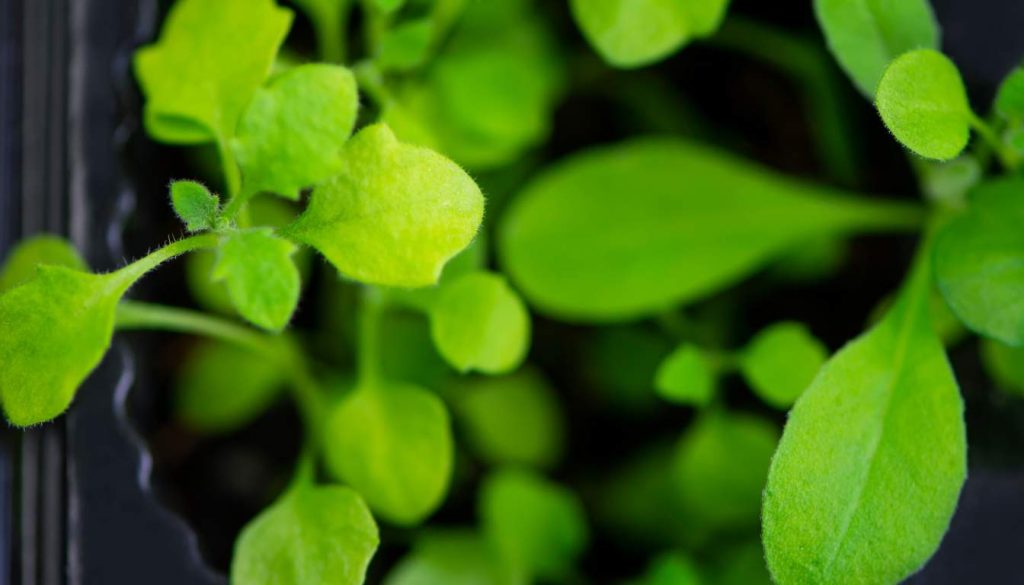
How To Grow Kohlrabi In Containers
Growing kohlrabi in containers is a viable option, provided certain factors are considered to ensure successful cultivation. Here’s a guide to growing kohlrabi in containers:
Container Selection
The best-sized container for Kohlrabi is a pot that is large enough to hold the number of plants that you want to put in it. Choose a container at least 8-12 inches deep with a diameter of around 12-18 inches. Ensure it has drainage holes to prevent waterlogging, which is crucial for healthy root development.
Soil
Use a well-draining potting mix rich in organic matter. A mix specifically formulated for vegetables or adding compost to regular potting soil ensures adequate nutrients. Kohlrabi prefers slightly acidic to neutral soil with a pH of 6.0 and 7.5.
Planting Process
- Sow kohlrabi seeds or transplant seedlings into the container, spacing them around 4-6 inches apart.
- Plant the seeds at a depth of ¼ to ½ inch and cover lightly with soil.
- Ensure the container has ample space for root growth and good air circulation.
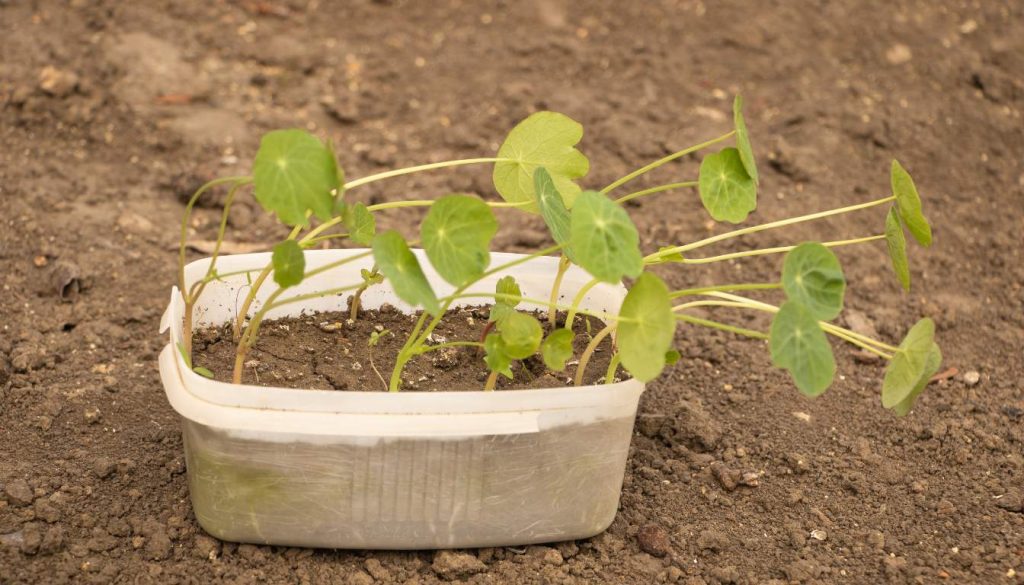
Sunlight Requirements
Kohlrabi thrives in full sun to partial shade. Place the container in an area that receives at least 6-8 hours of direct sunlight daily. Some afternoon shade can protect the plants from excessive heat in hot climates.
Watering
Maintain consistent soil moisture by watering when the top inch of soil feels dry. Avoid overwatering, as containers can quickly become waterlogged, leading to root rot. Mulching around the plant can help retain moisture and regulate soil temperature.
Fertilization
Apply a balanced, slow-release fertilizer or organic fertilizer according to package instructions. Containers may require more frequent feeding as nutrients can leach out with watering. When the plant reaches a height of 3–4 inches, or when its first real set of leaves emerges, or around one month after seeding, it is best to give it its first feeding.
Using inorganic fertilizers is unnecessary if you use aged manure or compost. If not, fertilize every two to three weeks with a mild solution of liquid fertilizer. To enhance the soil, add blood meal, cottonseed meal, or composted manure before planting.
Maintenance
Regularly monitor the container-grown kohlrabi for pests, diseases, and signs of nutrient deficiencies. Aphids, imported cabbage worms, cutworms, and cabbage loopers can cause damage. On the other hand, you don’t have to worry as much about them while growing it in pots.
To control the insect invasion, use a diluted soaping solution to wash the plant and remove any egg clusters under the leaves. Bacillus thuringiensis spraying is an effective method of getting rid of cabbage worms. Choose disease-resistant types to avoid illnesses like clubroot, downy mildew, and cabbage yellows. Provide support if necessary as the bulb develops to prevent the plant from toppling over.
Kohlrabi Root Depth
Kohlrabi roots tend to grow relatively shallowly, mainly within the top 6-12 inches (15-30 centimeters) of soil. These roots spread widely rather than deeply. The plant forms a bulbous stem above the ground level while its roots explore the surrounding soil for nutrients and moisture. Providing well-draining soil and proper watering supports healthy root development.
Growing Time of Kohlrabi
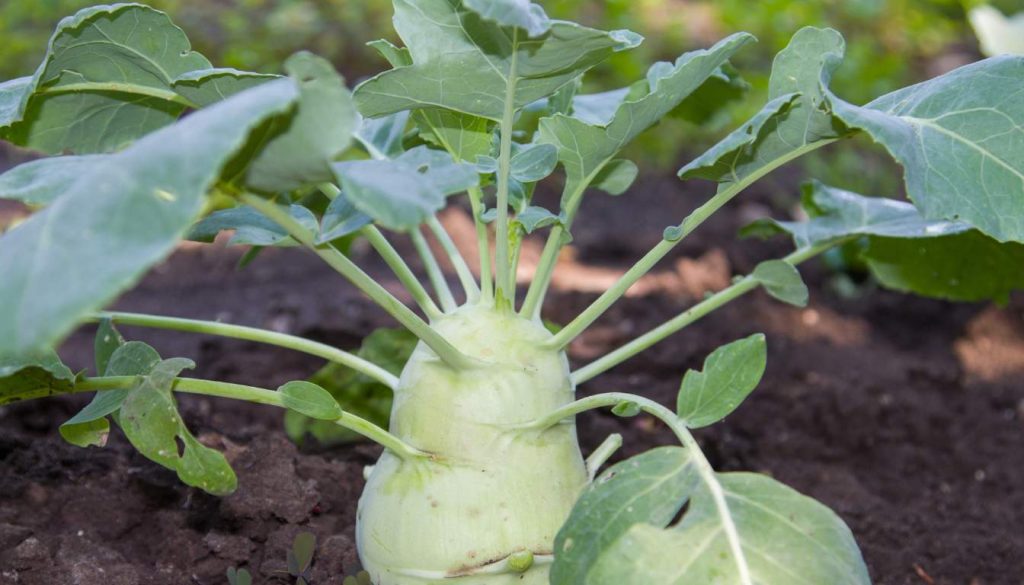
Kohlrabi is known for its relatively quick growth. Typically, it takes about 6 to 8 weeks from planting to harvest. However, this can vary depending on the specific variety, weather conditions, and care provided.
Generally, kohlrabi grows rapidly in cooler temperatures, reaching maturity relatively faster than many other vegetables. Regularly monitoring its growth and readiness for harvest is essential to ensure optimal flavor and texture.
Harvesting and Storing Kohlrabi
Kohlrabi is harvested when the bulb reaches around 2-3 inches (5-7.5 centimeters) in diameter. Using a sharp knife, cut the stem just above the soil level. Remove any remaining leaves attached to the bulb.
Freshly harvested kohlrabi can be stored in the refrigerator for up to two weeks. For longer storage, remove the leaves and store the bulbs in a perforated plastic bag in the refrigerator’s crisper drawer, where they can last for a month or more while retaining their flavor and quality.
- 20+ Chic Boho Bedroom Ideas for a Cozy and Stylish Retreat - June 20, 2024
- 12+ Modern Boho Living Room Ideas to Create a Unique Oasis - June 10, 2024
- 10 Stunning Canopy Bed Ideas for a Dreamy Escape - May 16, 2024

